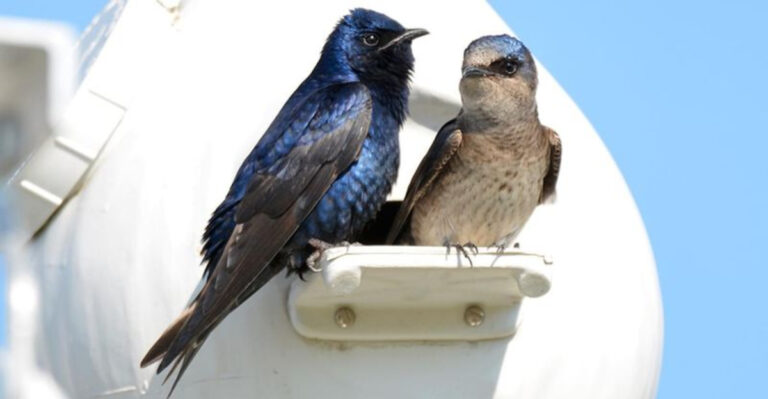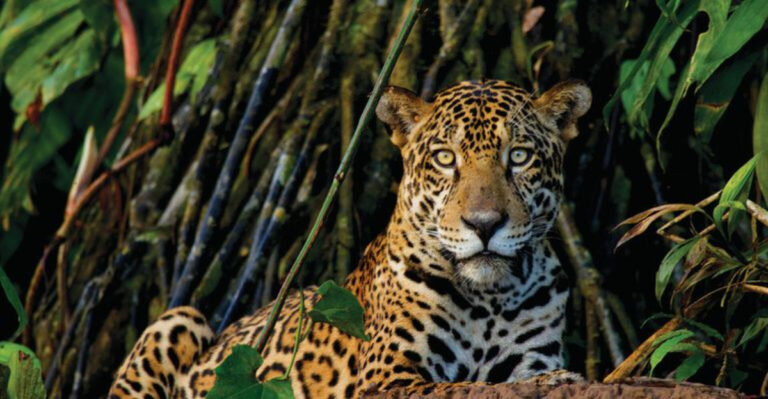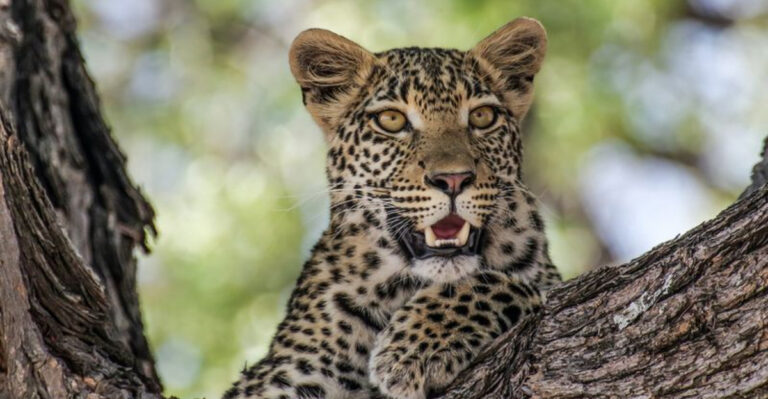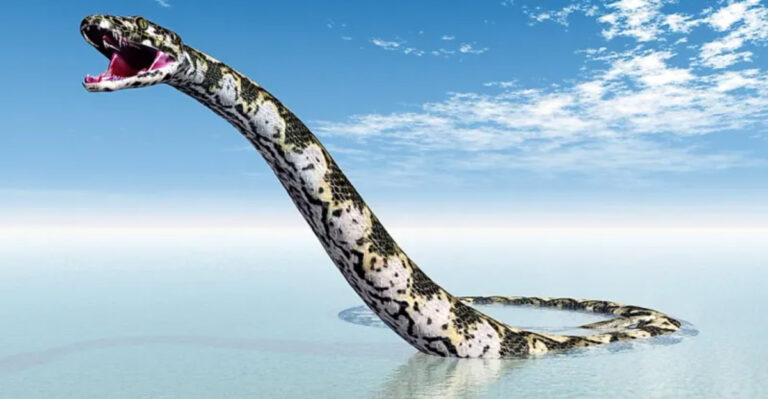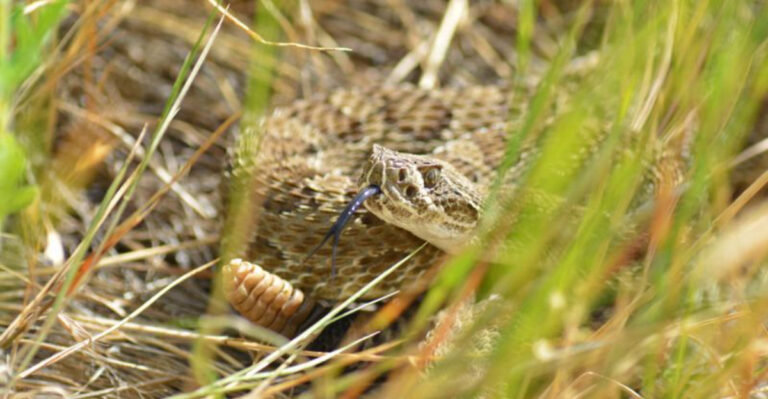15 Incredible Animals That Travel In Groups
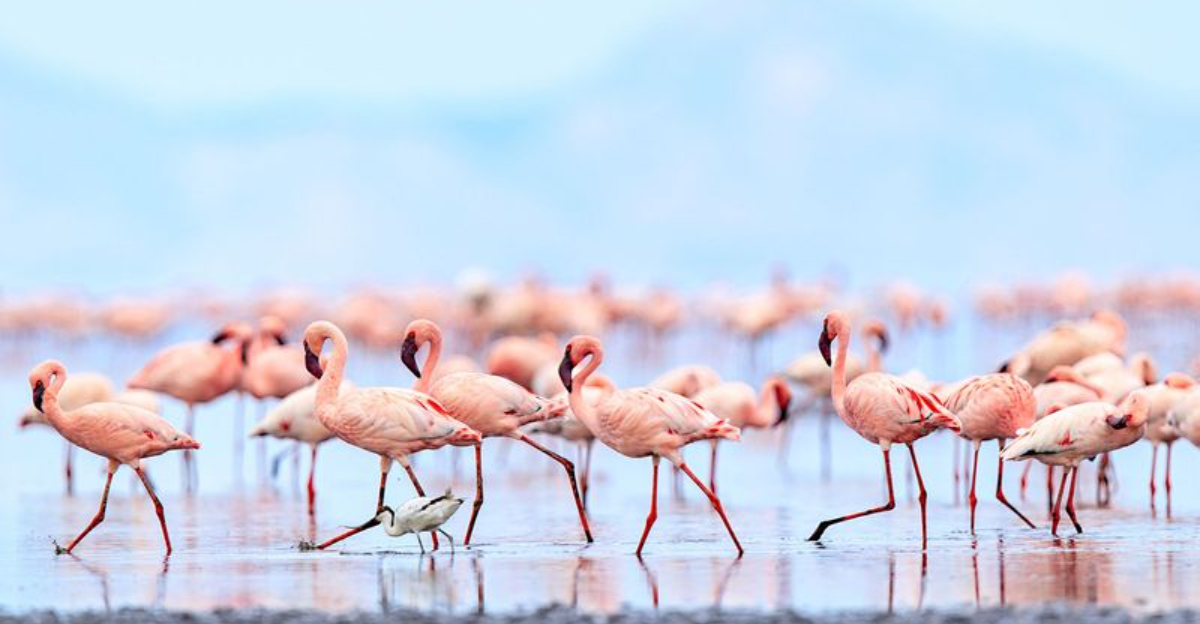
In the animal kingdom, traveling in groups offers protection, hunting advantages, and social interaction. Many species have evolved fascinating behaviors to support group travel, revealing the complexity and intelligence of these creatures.
This list explores incredible animals known for their group travel, each with unique characteristics and dynamics.
1. African Elephants
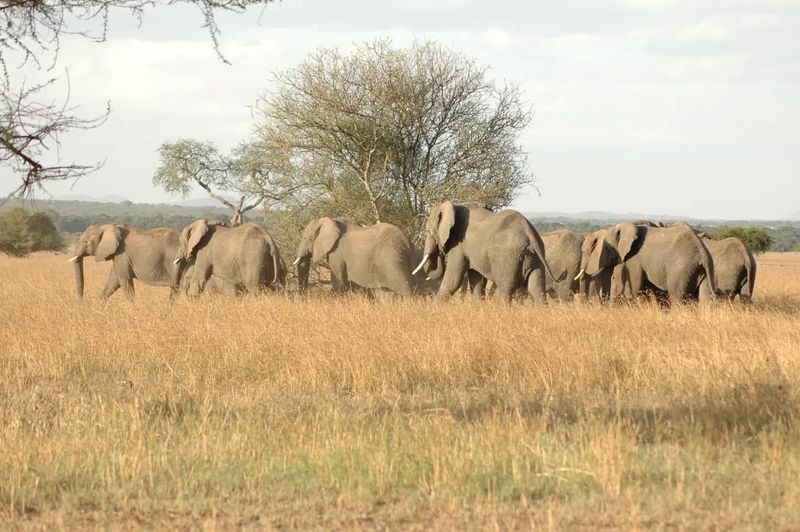
African elephants, the majestic giants of the savanna, frequently travel in groups known as herds. These herds, usually led by a wise matriarch, consist of related females and their young. The matriarch’s leadership is crucial for navigating the vast landscapes and finding essential resources such as water and food.
Their social structure is intricate, with strong bonds between members, emphasizing cooperation and mutual care. Young elephants learn survival skills through observation and play.
Traveling together, elephants can protect themselves from predators like lions. Their sheer size and numbers are intimidating, offering safety in unity. Group travel also fosters social interaction, reinforcing bonds and ensuring the herd’s cohesion. This cooperative lifestyle supports their survival in the ever-changing African wilderness.
2. Emperor Penguins
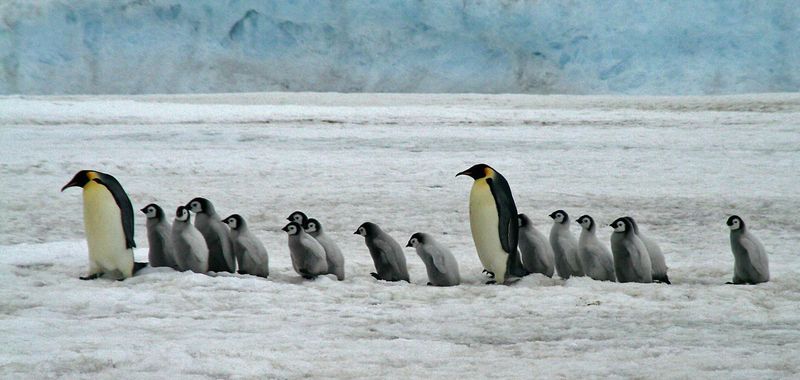
In the harsh climate of Antarctica, Emperor penguins exemplify group travel’s importance. These birds embark on long treks across the ice to breeding colonies, where they gather in large numbers. The journey is arduous, but traveling together provides warmth and protection.
Huddling in tightly packed groups, penguins conserve heat, crucial for survival in freezing temperatures. This behavior is essential during incubation, as males endure the Antarctic winter to protect eggs.
The group dynamic allows for rotating positions, ensuring all members periodically occupy the warmer center. This cooperation maximizes survival chances. Their exceptional navigation skills guide them through the icy expanse, showcasing remarkable resilience. Emperor penguins’ group travel is a testament to the strength of unity.
3. Wildebeest
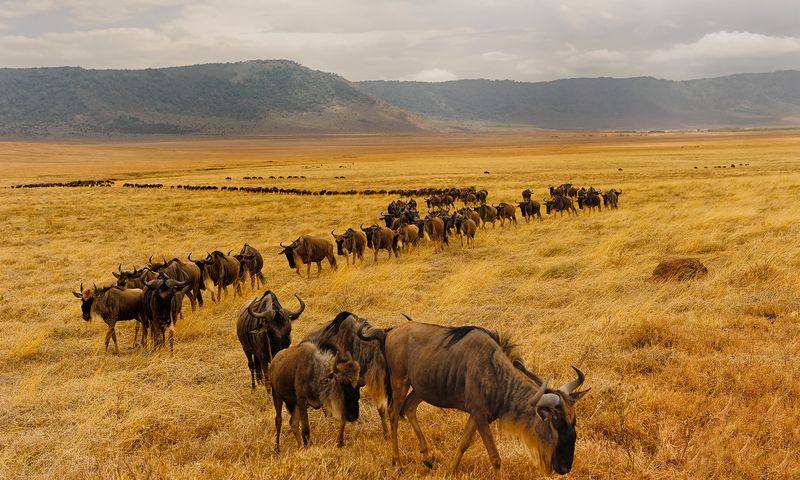
Wildebeest are renowned for their spectacular migrations across the African plains, a phenomenon that sees over a million individuals on the move. This massive group travel is driven by the search for fresh grazing and water, following the rains.
The journey is fraught with danger, from river crossings to predator attacks, but traveling en masse offers protection. The sheer number of animals confuses predators, reducing individual risk.
This annual trek is critical for the ecosystem, shaping the landscape and supporting biodiversity. With synchronized calving, young wildebeest quickly integrate into the herd, learning to keep pace. The instinctive urge to migrate and the collective movement highlight nature’s incredible choreography.
4. Honeybees
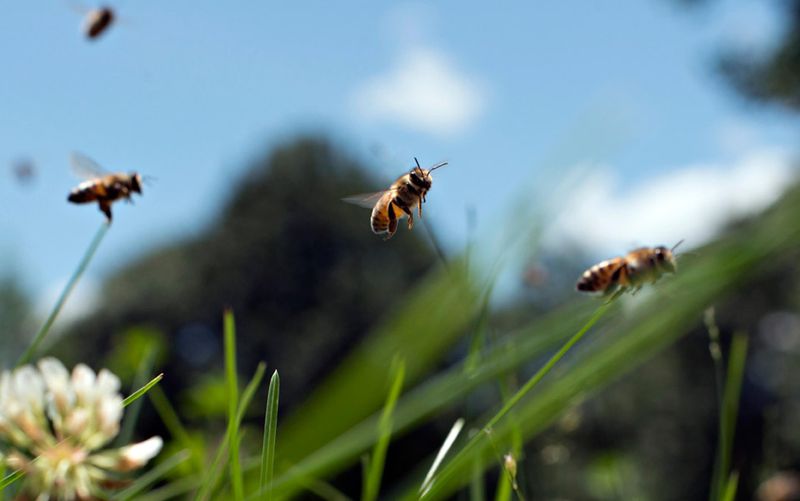
Honeybees showcase an extraordinary example of group travel within the confines of their hive. These industrious insects operate in a highly organized society, where each bee has a specific role. Foraging bees travel in groups to gather nectar and pollen, essential for the colony’s survival.
Communication is key, with the famous waggle dance guiding others to rich sources of food. This coordinated effort maximizes efficiency and resource collection.
The hive’s success relies on teamwork and social interaction, with each bee contributing to the colony’s health. Through group travel, honeybees exemplify the power of collaboration and collective effort, ensuring their continued prosperity.
5. Monarch Butterflies
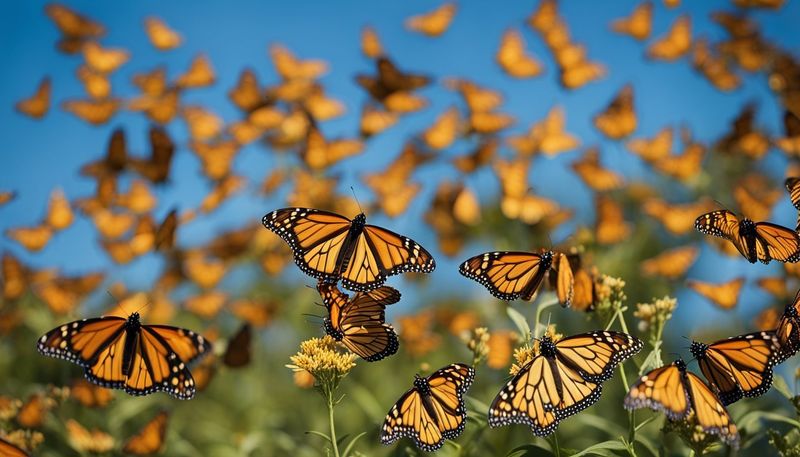
Monarch butterflies undertake one of the most remarkable migrations in the insect world, traveling thousands of miles from North America to central Mexico. This group journey is a multigenerational effort, with several generations required to complete the round trip.
During migration, they form large clusters, roosting together for warmth and protection. Their vibrant wings create a mesmerizing spectacle, filling the skies with orange and black hues.
This journey is not only a visual wonder but also vital for their lifecycle, as they seek suitable breeding grounds. The collective movement of monarchs underscores the importance of group travel in ensuring species survival.
6. Dolphins
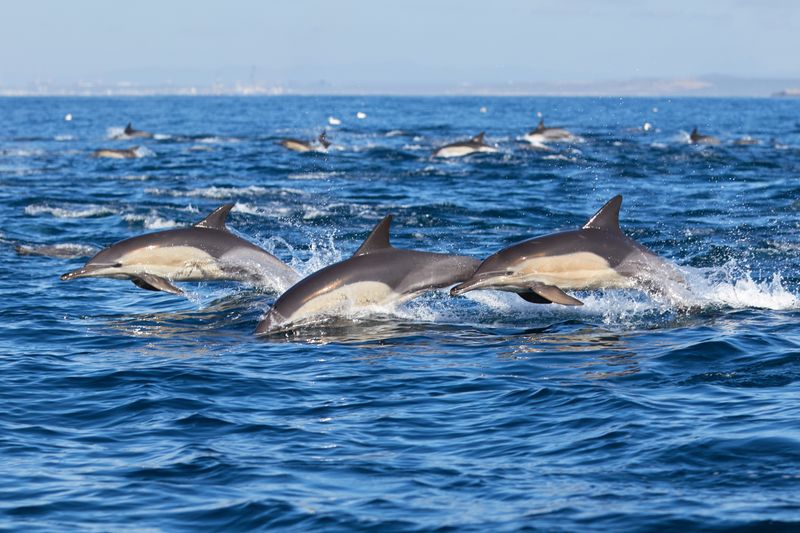
Dolphins, known for their intelligence and playful nature, often travel in groups called pods. These pods vary in size and composition, sometimes including multiple generations. Traveling together enhances their ability to locate food, as they employ sophisticated hunting techniques.
The social structure of a pod is complex, with strong bonds that facilitate communication and coordination. Dolphins use a range of vocalizations and body movements to convey information, crucial for group travel.
In addition to hunting, pods provide protection against predators like sharks. The synchronized movements and teamwork displayed by dolphins are a testament to their social intelligence and adaptability in the aquatic world.
7. Baboons
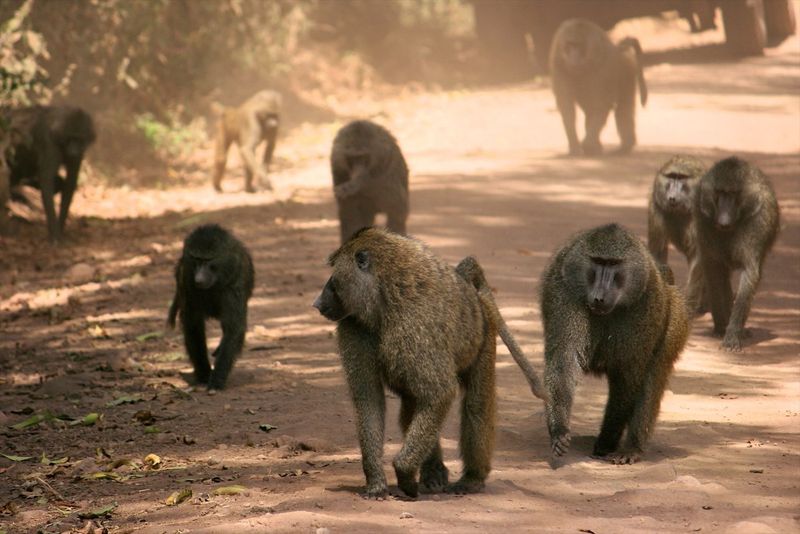
Baboons are highly social primates that travel in large groups known as troops. These troops are structured around a hierarchy, with dominant males leading the way. Traveling together offers numerous benefits, including access to food and protection from predators.
Their group dynamic is fascinating, with intricate social interactions and alliances that influence troop decisions. Young baboons learn essential skills through observation and play within the group.
The troop’s mobility allows them to explore large territories, seeking out the best resources. Through cooperation and social bonds, baboons demonstrate the advantages of group travel in the wild.
8. Flamingos
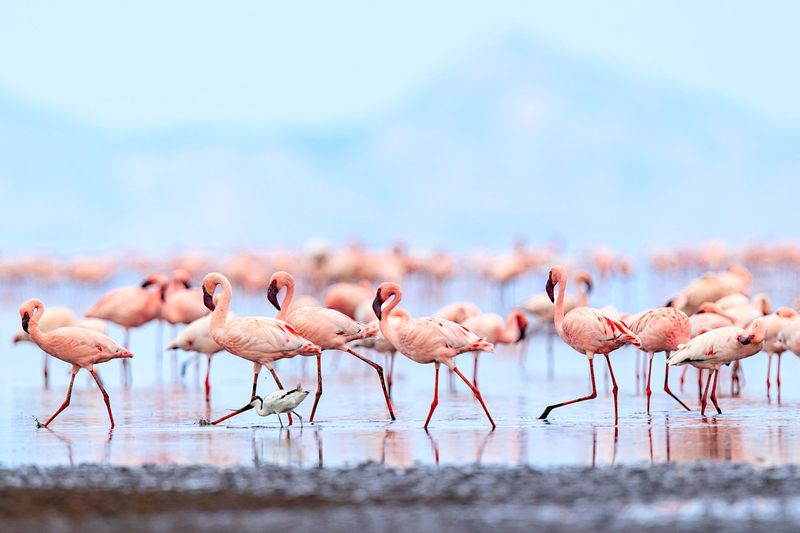
In the world of birds, flamingos are famous for their striking pink plumage and social behavior. These elegant birds travel in large flocks, often numbering in the thousands. Their group travel is not just visually stunning but also essential for feeding and breeding.
Flocking together, flamingos can efficiently locate food sources in vast wetland areas. This collective foraging reduces competition and ensures access to sustenance.
During the breeding season, large colonies form, providing a safe environment for raising young. The synchronized movements and vibrant colors of flamingos in flight create breathtaking scenes, emphasizing the beauty and functionality of group travel.
9. Spotted Hyenas
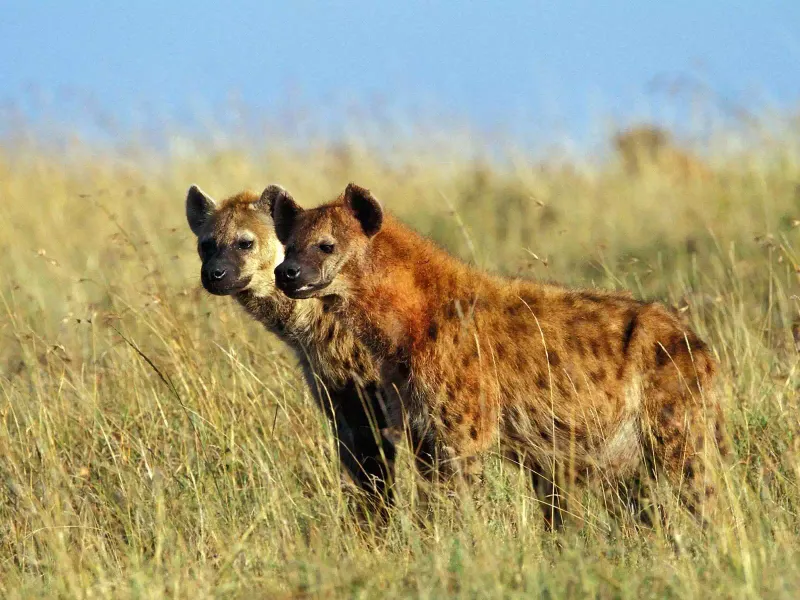
Spotted hyenas, often misunderstood, are social carnivores that travel in groups called clans. These clans are matriarchal, with a complex social hierarchy led by a dominant female. Group travel offers advantages in hunting and resource acquisition.
Hyenas are skilled hunters, often cooperating to bring down larger prey. This teamwork increases their hunting success and sustenance.
The social structure within a clan is intricate, with clear roles and interdependent relationships. By traveling and hunting together, they enhance their survival prospects in the competitive ecosystems of Africa. The spotted hyena’s group dynamics reveal a sophisticated social system.
10. Geese
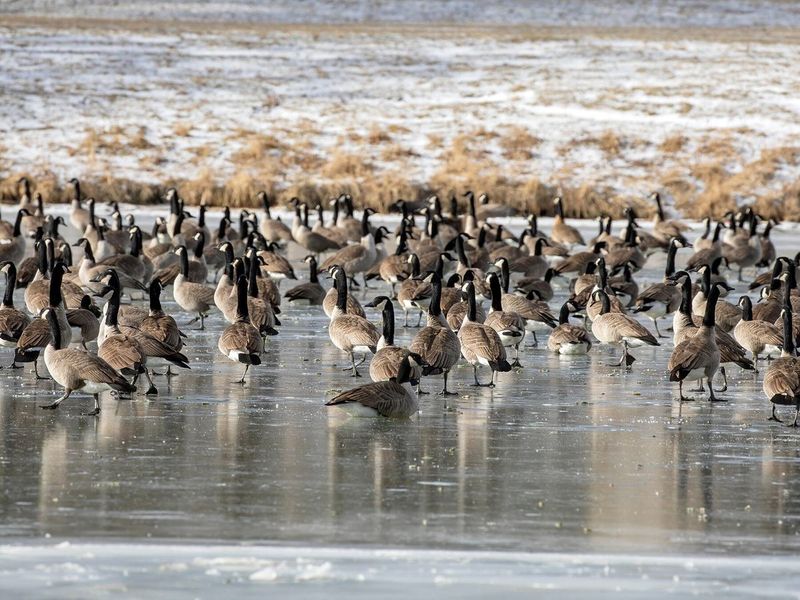
Geese are well-known for their iconic V-formation flight pattern during migration. This group travel not only looks impressive but also serves a practical purpose. The V-formation reduces wind resistance, allowing the flock to conserve energy over long distances.
Each goose takes a turn at the front, sharing the workload and supporting the entire group. This cooperation exemplifies teamwork in nature, enabling geese to undertake extensive migrations.
During these journeys, geese communicate through vocalizations, maintaining cohesion and alignment. Their synchronized movement and energy efficiency highlight the benefits of organized group travel.
11. Bats
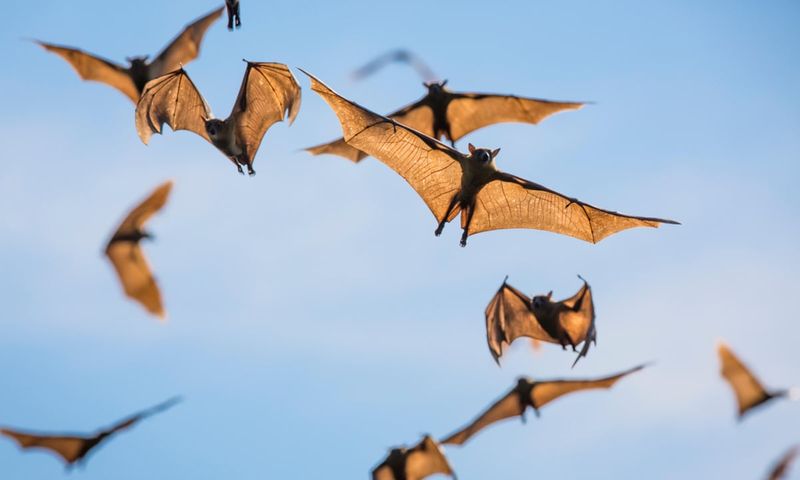
Bats, the masters of nocturnal flight, often travel in large colonies. These colonies can consist of thousands of individuals, sharing roosting sites and foraging grounds. Group travel provides safety and enhances foraging efficiency.
Emerging at twilight, bats use echolocation to navigate and locate food. By traveling in numbers, they reduce predation risks and optimize resource discovery.
Their social structure allows for the sharing of information about food sources, benefiting the entire colony. The mysterious world of bats showcases the advantages of communal living and group travel in the animal kingdom.
12. Zebras
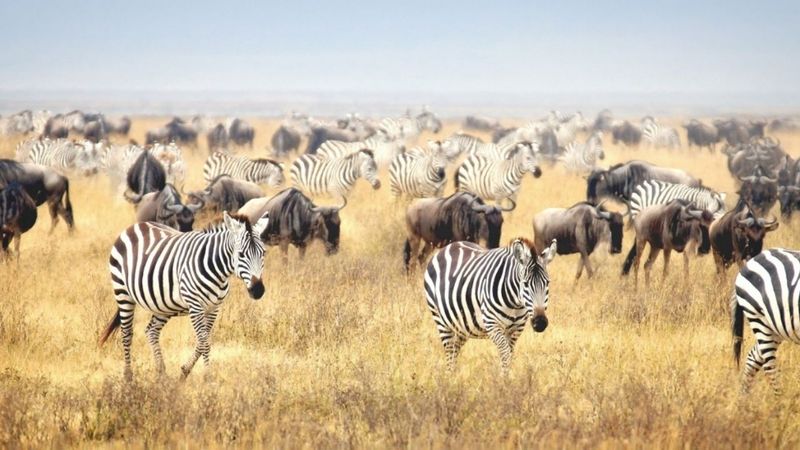
Zebras, with their distinctive black and white stripes, are social animals that often travel in groups called dazzles. These groups provide protection against predators, as the stripes create visual confusion, making it difficult for predators to single out an individual.
Traveling in dazzles, zebras can access better grazing areas and water sources, supporting their nutritional needs. Their social bonds are crucial for survival, with group members looking out for each other.
The cooperative nature of zebras, coupled with their unique appearance, highlights the benefits of group travel in the wild, ensuring safety and access to resources.
13. Meerkats
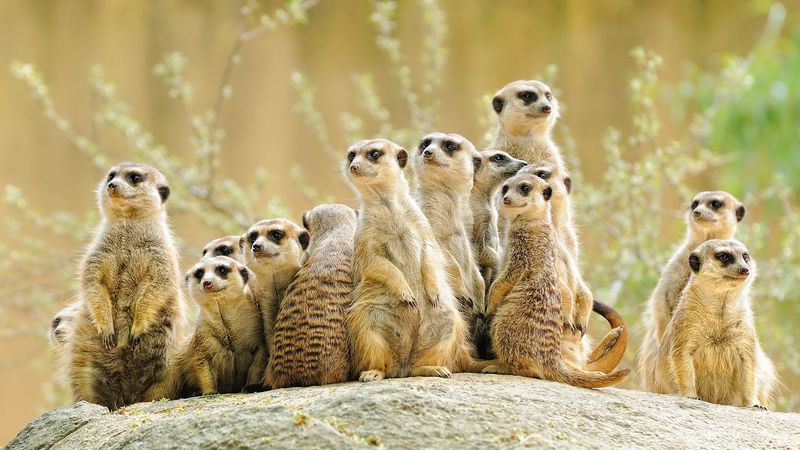
Meerkats, the charismatic inhabitants of the desert, live and travel in groups known as mobs. These mobs are family units, with a dominant pair leading the group. Group travel is crucial for meerkats, offering protection and foraging success.
Each member plays a role, from sentinels keeping watch to foragers searching for food. This teamwork ensures the mob’s safety and sustenance.
The social structure is tight-knit, with communication through vocalizations and body language. By traveling together, meerkats create a secure and prosperous environment in the challenging desert ecosystem.
14. Humpback Whales
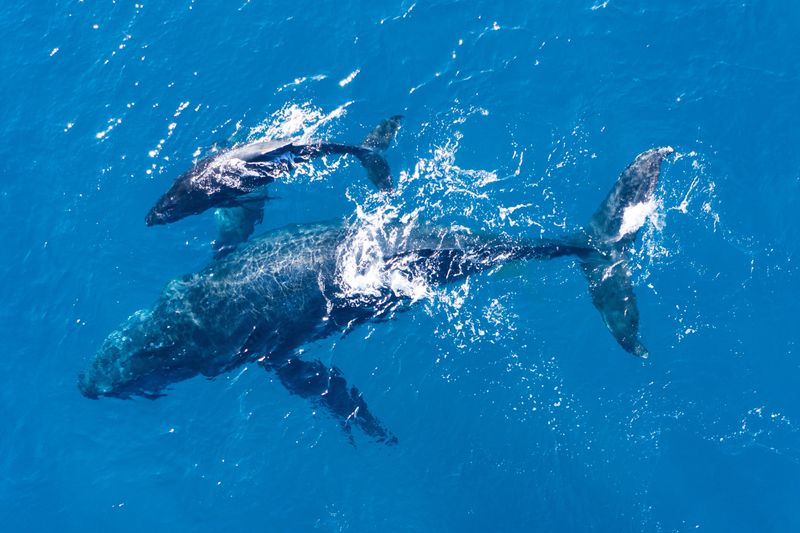
Humpback whales, known for their haunting songs, often travel in groups called pods. These pods can consist of various individuals, including mothers and calves. Group travel aids in navigation and protection during long migrations.
Whales communicate through complex vocalizations, coordinating movements and maintaining contact. This social behavior is essential for survival in the vast ocean.
The cooperative nature of humpback whales is evident in their feeding techniques, where they work together to trap fish. Their majestic presence and group dynamics highlight the wonders of marine life and the benefits of traveling together.
15. Ants
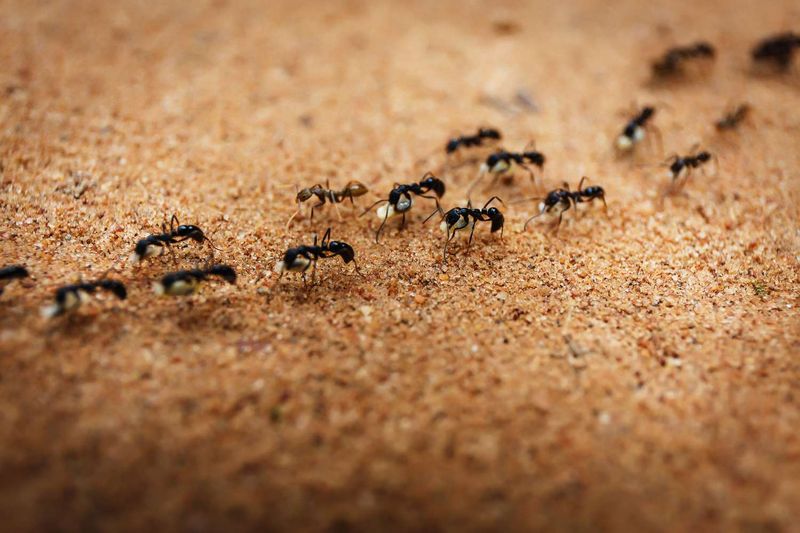
Ants, the epitome of collective organization, travel in groups to ensure colony success. These industrious insects form trails, with individuals performing specific tasks. Group travel is essential for resource gathering and colony expansion.
Communication through pheromones guides ants to food sources, optimizing foraging efficiency. This coordination supports the colony’s growth and sustenance.
The social structure of ants is a marvel, showcasing division of labor and teamwork. Through group travel, ants demonstrate the power of unity and precision, thriving in diverse environments across the globe.

